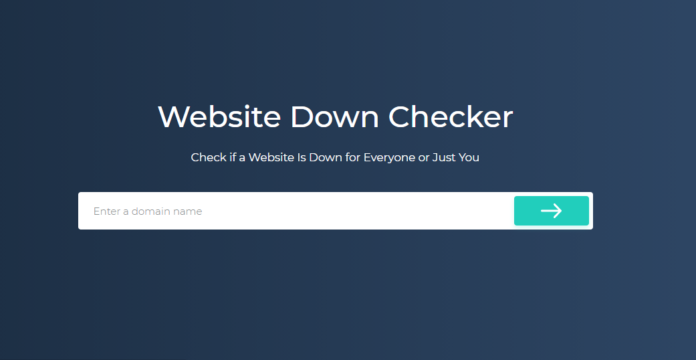Website downtime is a common issue that users face consistently, especially due to several reasons. If you are experiencing a consistent downtime to your website, chances are that there are a lot of factors in the backend that you need to be mindful of. Not only do downtime servers affect the quality of the website, but it also takes a toll on customer dissatisfaction and drives potential customers away from the website or the business that you are running.
If you find people asking whether the website is down for everyone or just me, you know that you are already losing a lot of potential business from it. The best way to fix that issue is by being vigilant of the causes. This helps you have a better understanding of how you can avoid it from happening time and time.
Server overload
One of the most common signs of website downtime is server overload. This is especially common in websites that are hosted on shared hosting. So, whenever there is a huge surge of traffic to your website, it becomes extremely tough for your website’s server to handle the load. So, if your server crashes, chances are that you either need to switch to a dedicated web hosting server or keep a check on the functions of the server host. This makes it a lot easier for you to handle the reasons behind your downtime.
Cyberattack
When it comes to the curious spike in traffic, you must keep a check on the risks of cyber-attacks. An unusual rush of traffic to the website could be an attempt by a hacker trying to cause an attack on your website via a DDoS attack. In such cases, your website will experience downtime that you can often not tame. If similar things happen, we’d highly recommend that you stay in touch with your web hosting provider and sort out the security issues with them. You can conduct a website status check to see if your website is up and running.
Hardware or Software issues
Another common reason why your website might be experiencing downtime could be due to hardware or software issues. If your physical web hosting servers have a power outage, the same will reflect on the website’s status. Periodical hardware and software issues often tend to contribute to the website downtime that individuals are often not even aware of. For software reasons, older versions of WordPress or other similar functions can end up causing a delay in the website loading speed and such, so make sure that you keep a check on that too and update the interfaces from time to time.
If you don’t want to lose potential clients and want to experience a smoother website experience for the users, you must know what is causing these website downtime issues. For the most part, these are what help sort things out for your website before it does take a turn for the worse.









